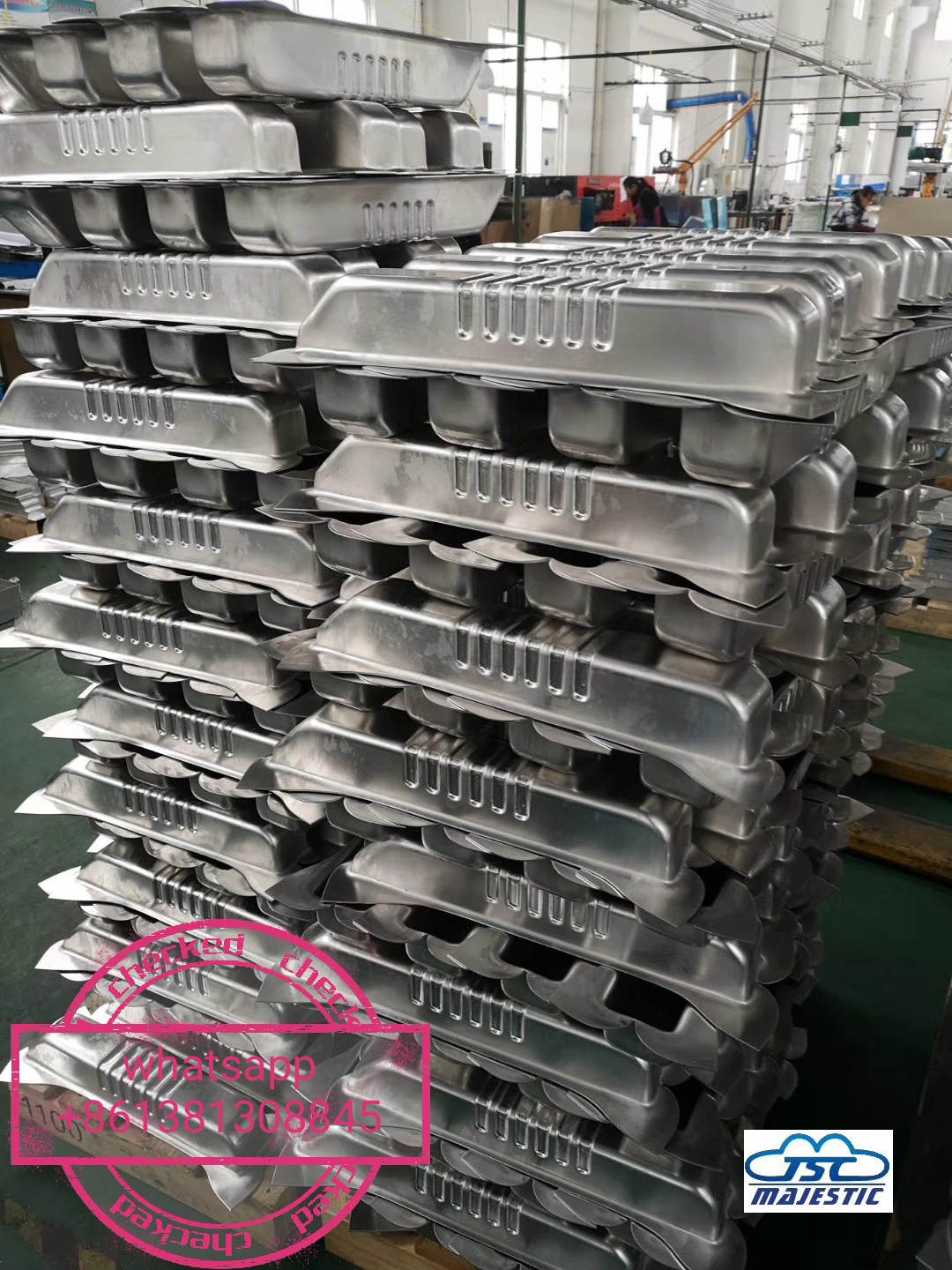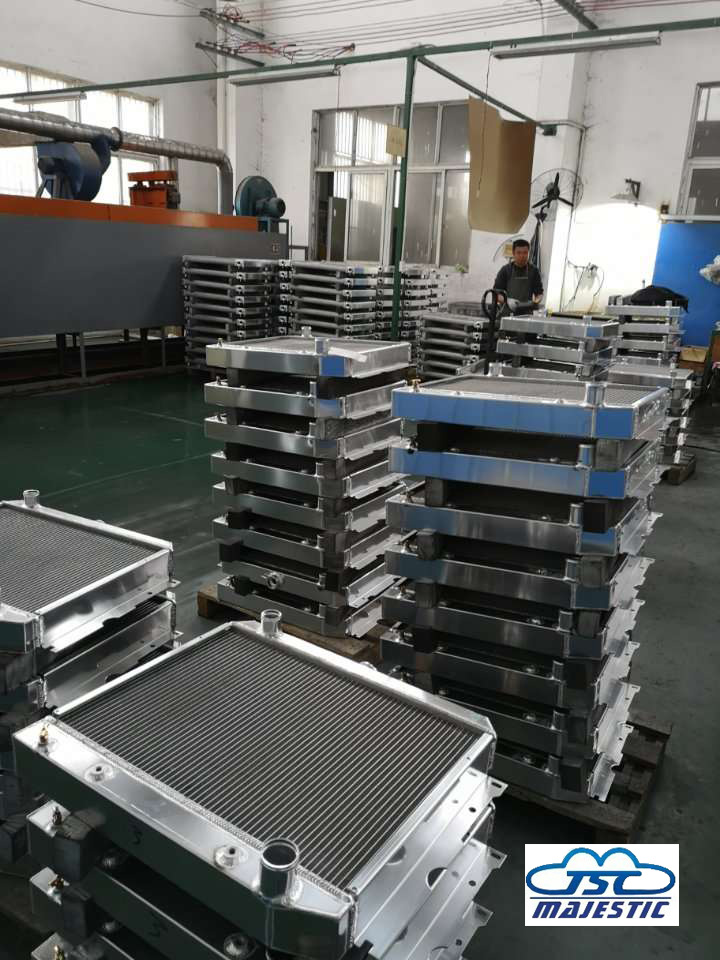

If there is oil in your coolant or vice versa, it generally means there is a failure in one or more of your engine’s gaskets or seals. Your engine is designed so that there is one system that controls engine oil to lubricate your vehicle and another that manages coolant to keep your car from overheating. This can also be caused by a leaking oil cooler If there is a little crack in the oil cooler, it could cause oil and coolant to miss their passing route, resulting in an oil and coolant mixture.

Radiators are designed for maximum cooling. The thin fin tubes run across the front of the radiator. These tubes carry hot coolant. As you drive, the radiator fan pushes outside air on and around these fins to lower the temperature of the coolant before it flows back into the engine. If these tubes become clogged up by dirt, bugs, leaves, or other material, the airflow is blocked which doesn’t allow the coolant to cool as much as it needs to.
